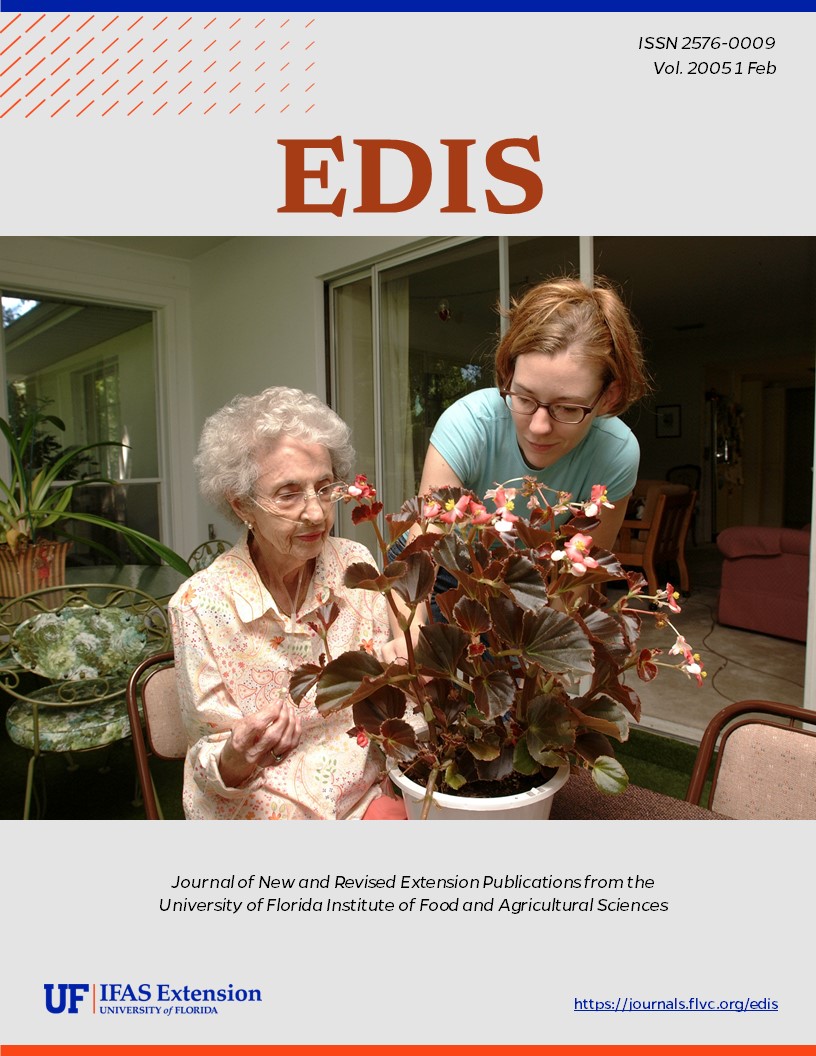Abstract
Bacillus species are Gram positive, aerobic heterotrophs, ubiquitous bacteria, characterized by their ability to form resistant spore coats. There are about 48 known species in the genus Bacillus but only B. anthracis and B. cereus are associated with human disease. Bacillus species are mesophilic bacteria that produce heat-resistant endosopores with a growth range of 10°C to 48°C, with optimal growth at 28°C to 35°C. In addition, they can grow in a broad pH range of 4.9 to 9.3. This document is FSHN04-05, one of a series of the Food Science and Human Nutrition Department discussing common foodborne pathogens of interest to food handlers, processors and retailers; Florida Cooperative Extension Service, Institute of Food and Agricultural Sciences, University of Florida. Date published: November 2004.
References
Anon. "Anthrax." Centers for Disease Control, http://www.cdc.gov/ncidod/dbmd/diseaseinfo/anthrax_t.htm (accessed 12/22/04).
Bennett, R. W. "Bacillus cercus Diarrhea Enterotoxin." U.S. Food and Drug Administration, http://www.cfsan.fda.gov/~ebam/bam-15.html (accessed 12/22/04).
Doyle, M. E. "Survival and Growth of Buetenal Pathogens on Raw Meat During Chilling." AMI Foundation, http://www.amif.org/AMIchillinggrowth.pdf (accessed 12/22/04).
Hoffman, E. and Houle, J. "Anthrax." University of Florida, IFAS, http://edis.ifas.ufl.edu/MB001 (accessed 12/22/04).
Klietmann, W. and Ruoff, K. 2002. Bioterrorism: Implications for the Clinical Microbiologist. Amer. Soc. Micro. 14(2):364-381. https://doi.org/10.1128/CMR.14.2.364-381.2001
LaHuada, C. P. and McClain, D. "Examination of Meat and Poultry Products for Bacillus cereus." USDA/FSIS, http://www.fsis.usda.gov/OPHS/microlab/mlgchp12.pdf (accessed 12/22/04).
Unless otherwise specified, articles published in the EDIS journal after January 1, 2024 are licensed under a Creative Commons Attribution-NonCommercial-NoDerivs 4.0 International (CC BY-NC-ND 4.0) license.

